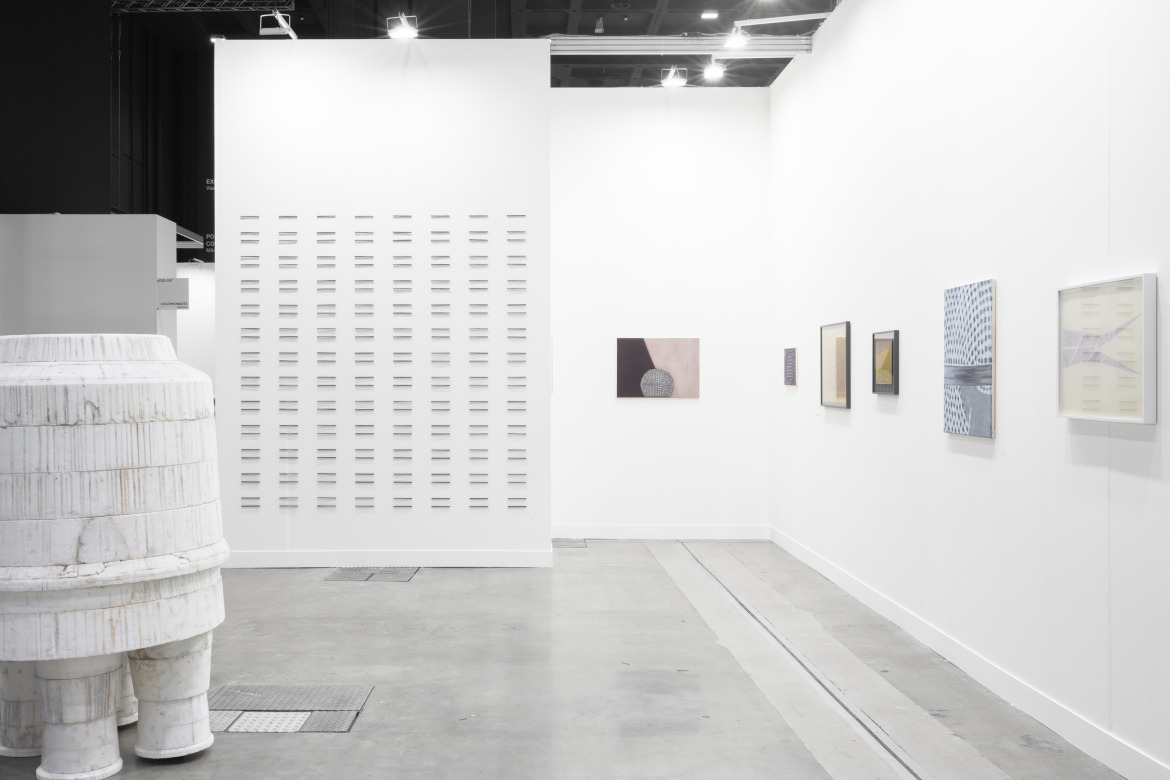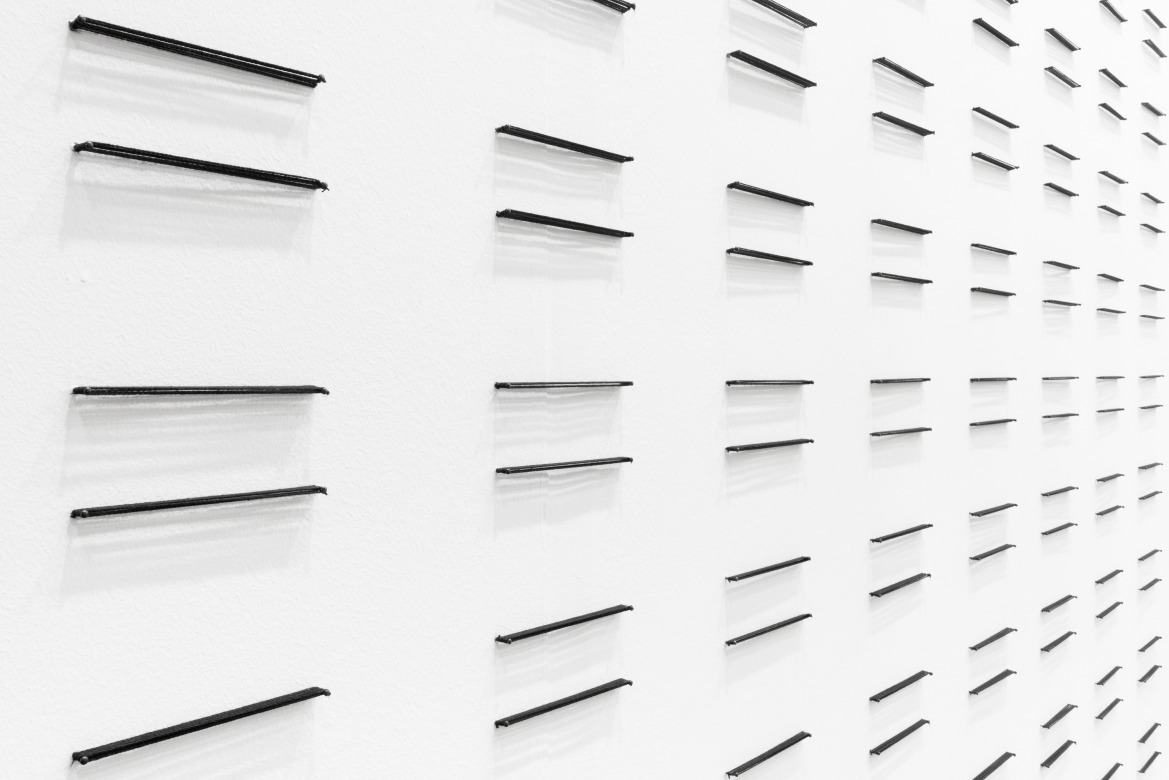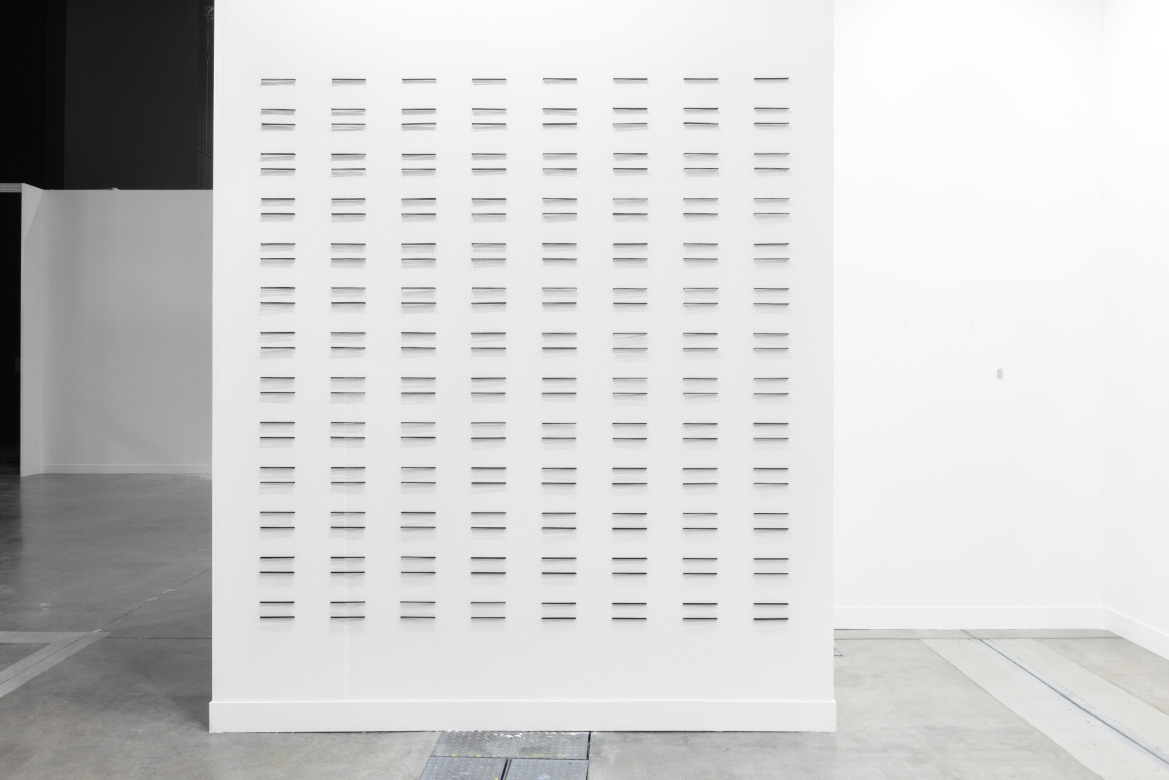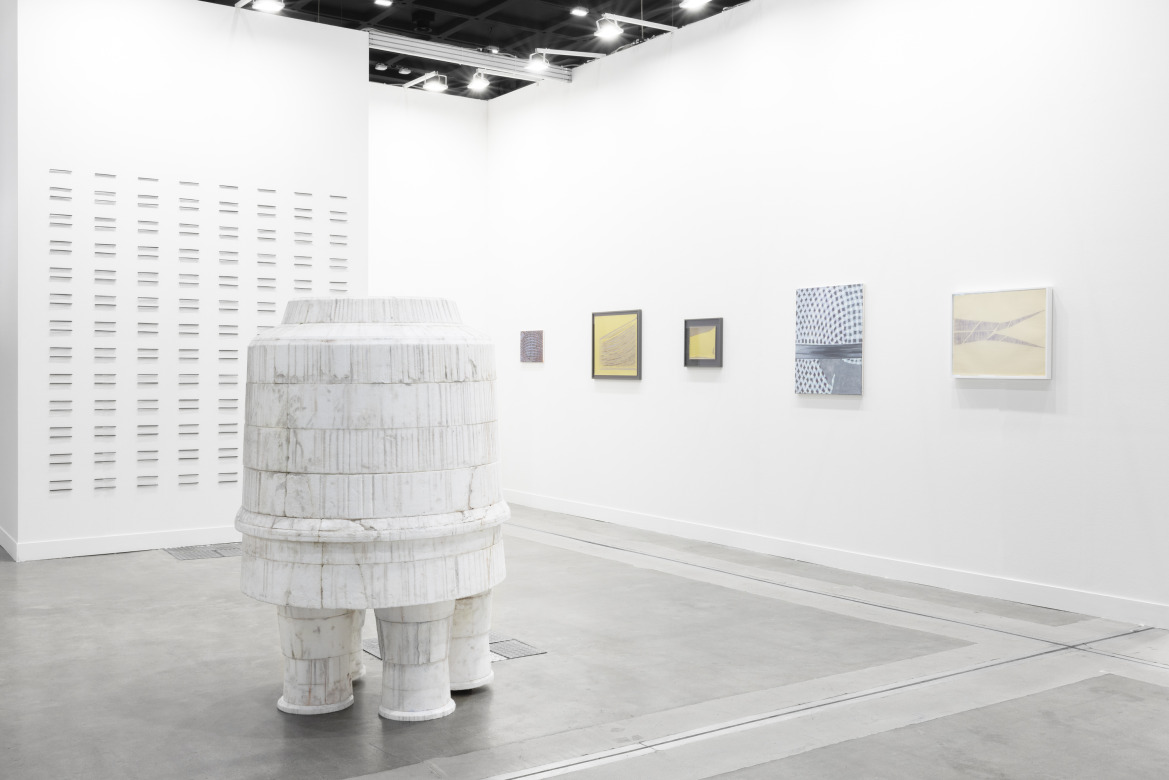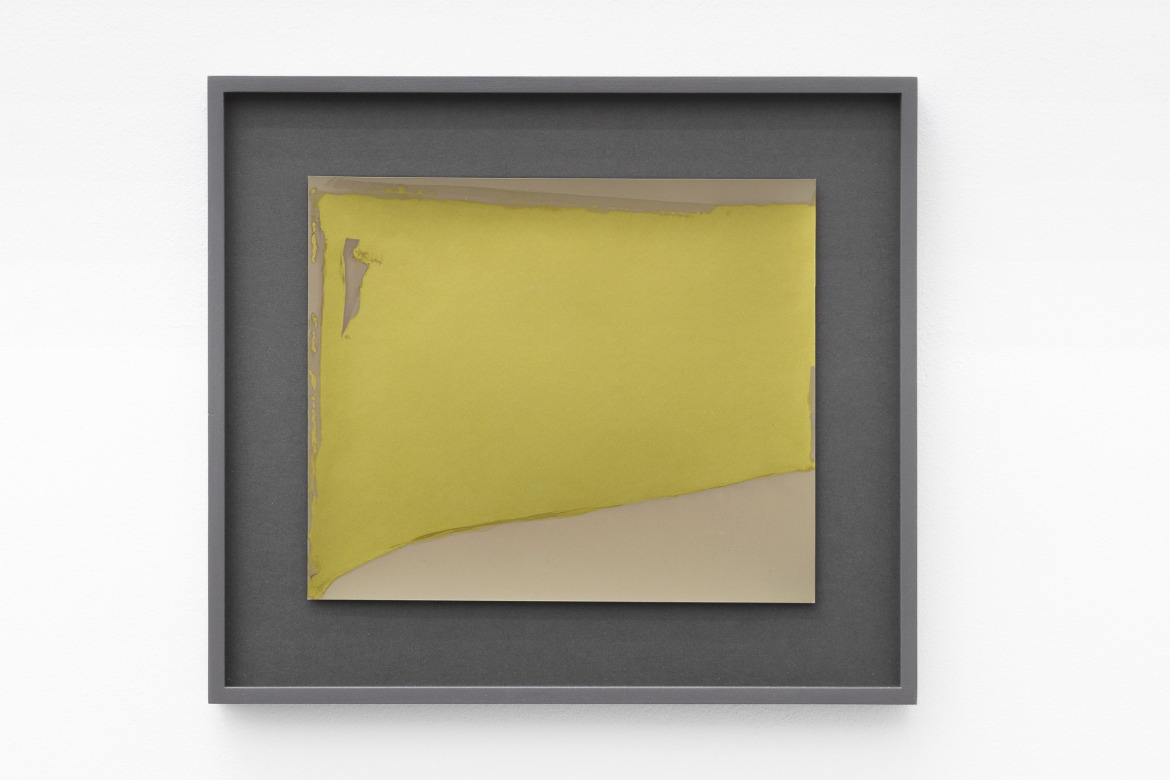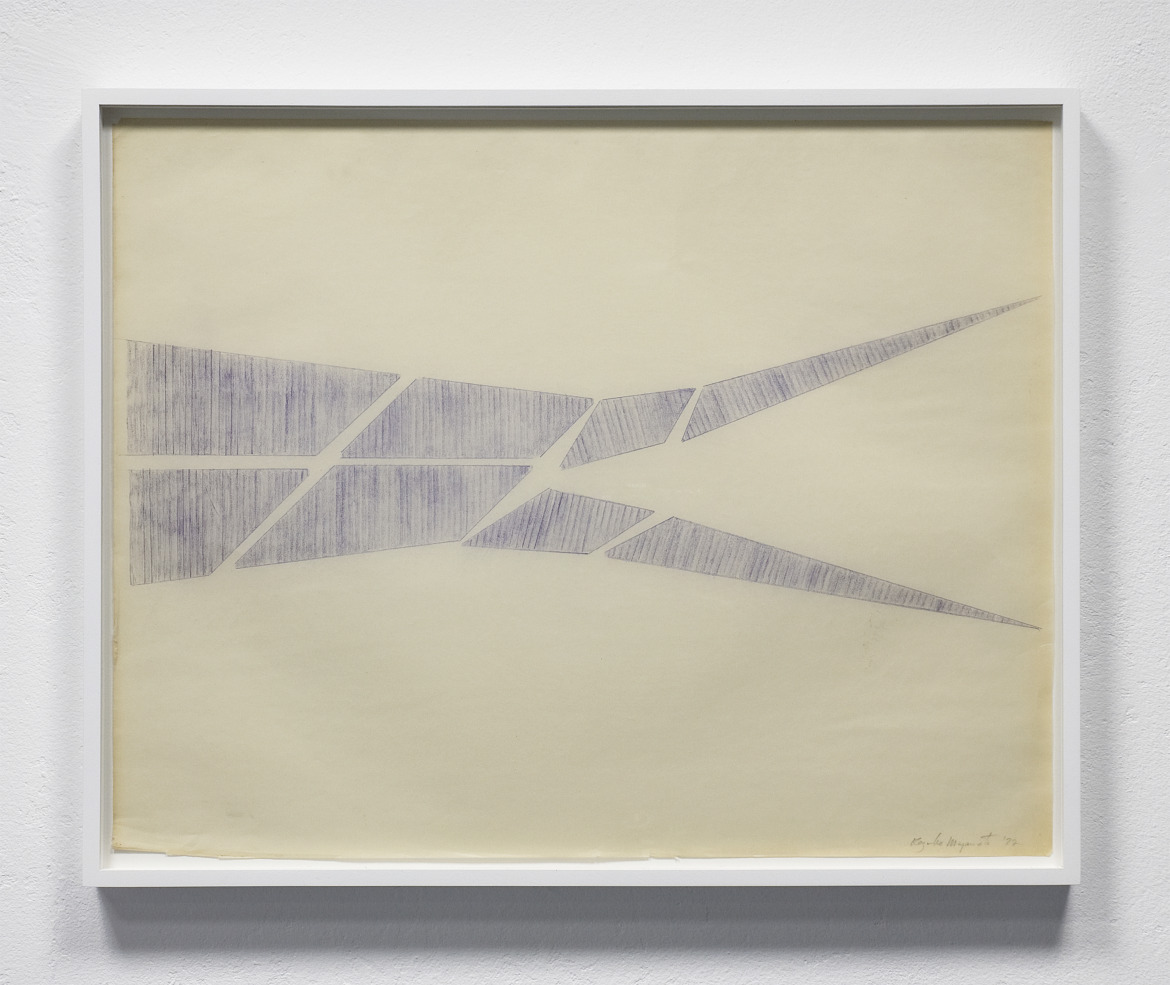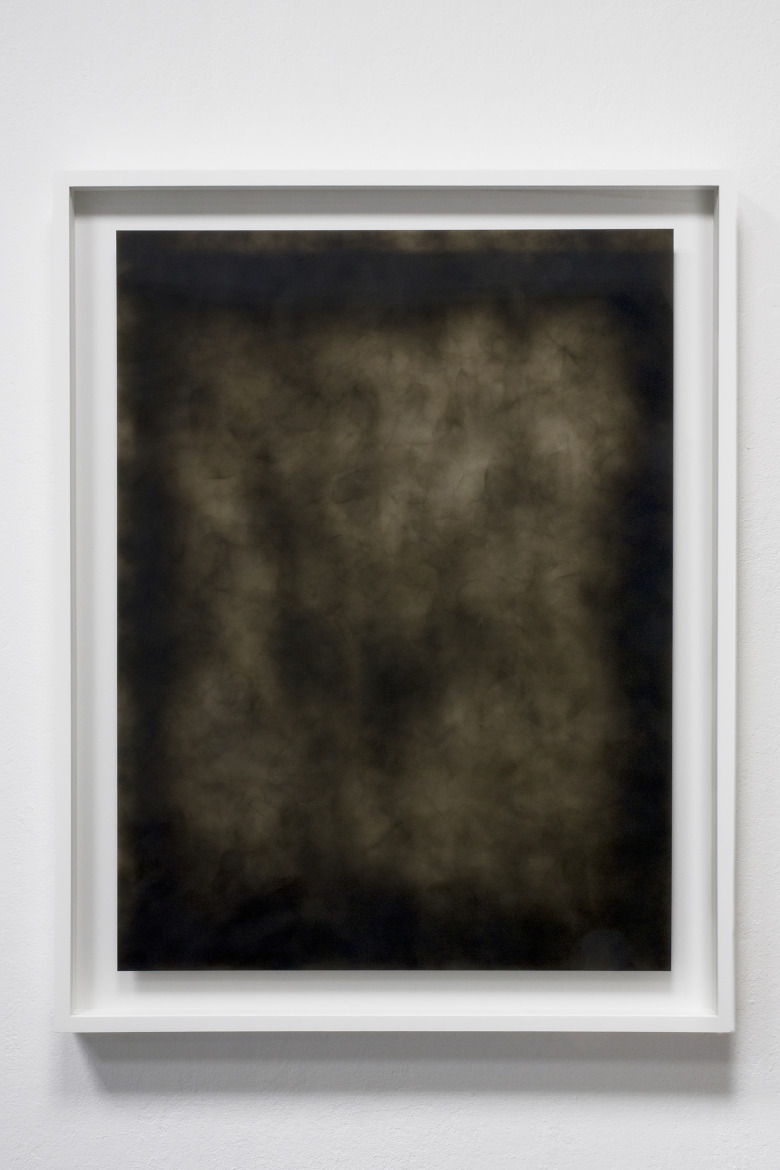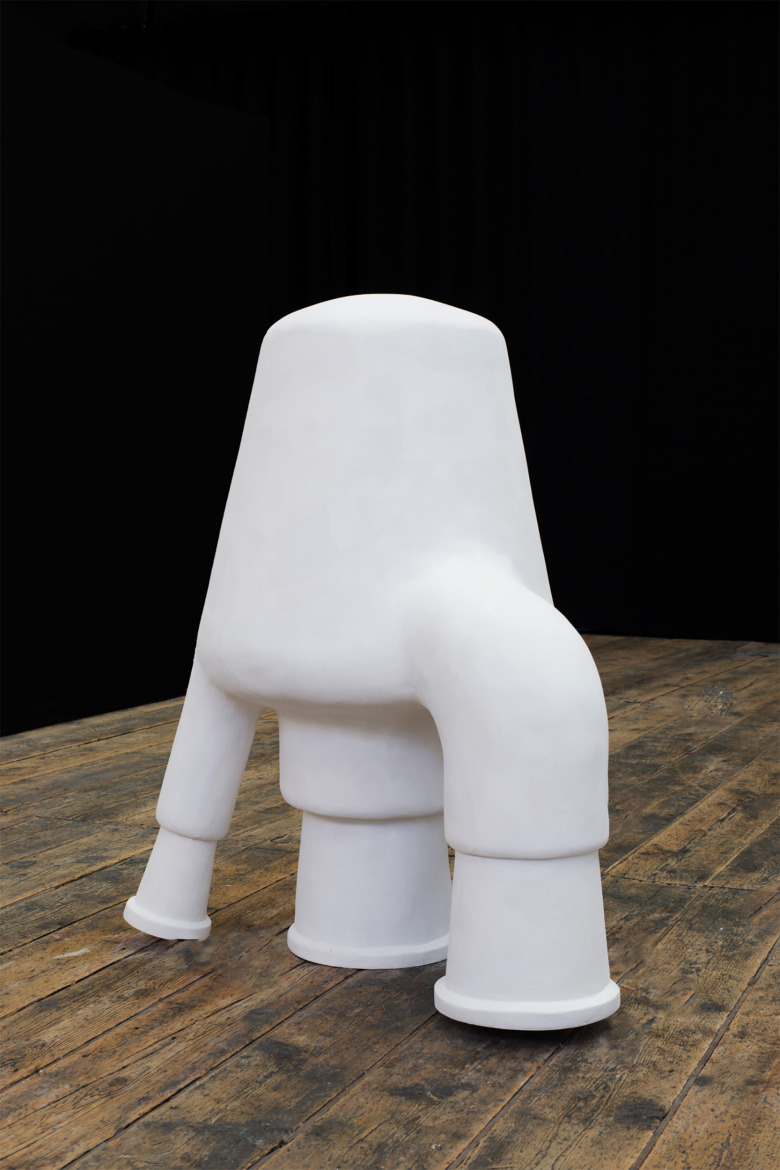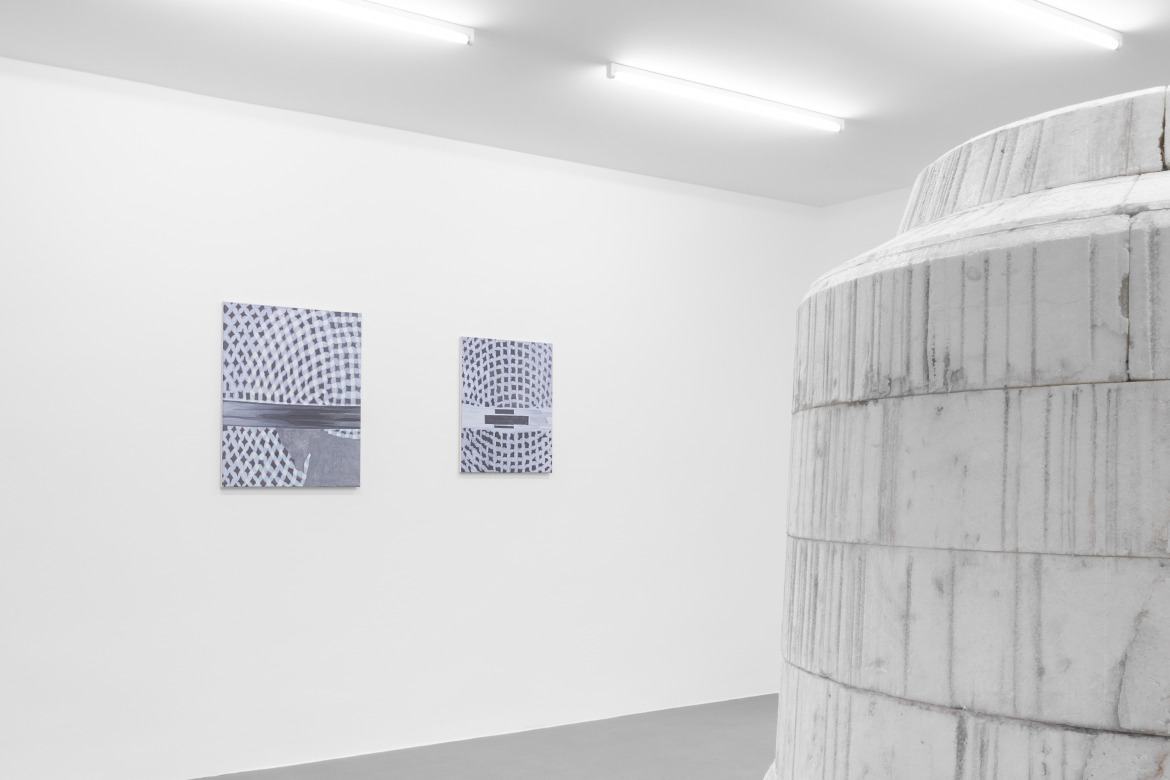
Solid Mesh, Installation view, EXILE, 2025
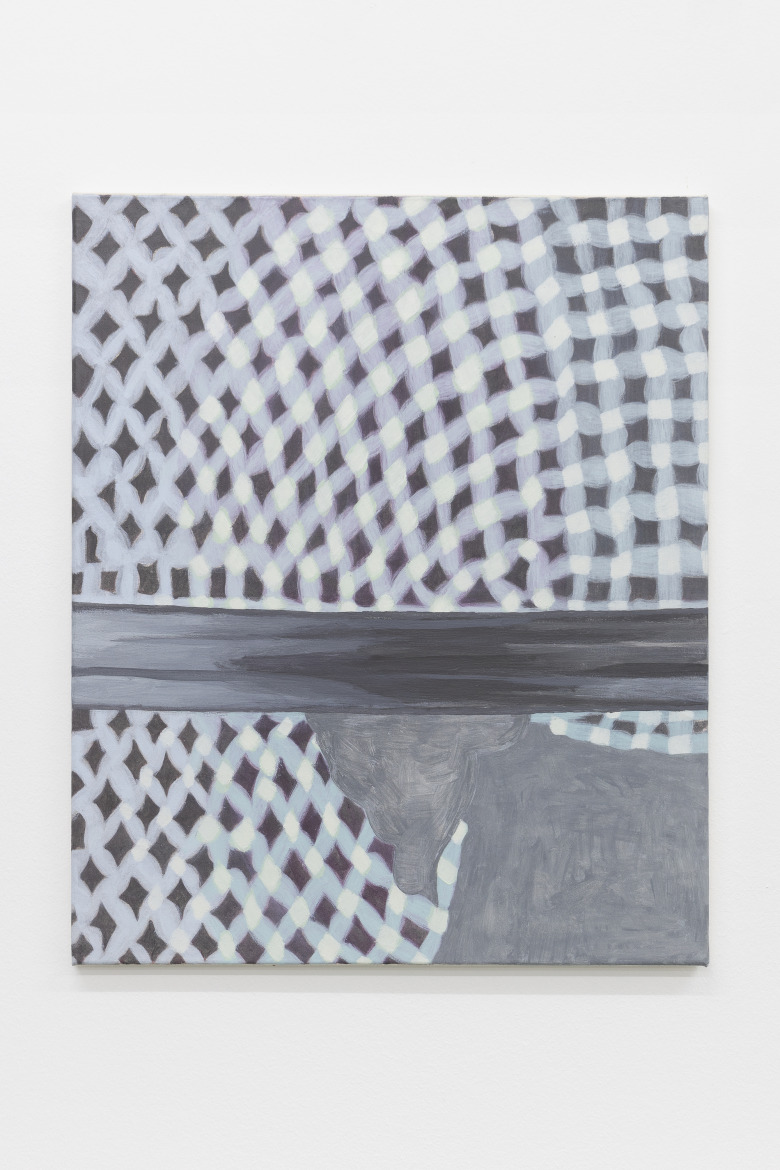
David Gruber, Performance/ Diamond, 2024, tempera on canvas, 73 x 60 cm
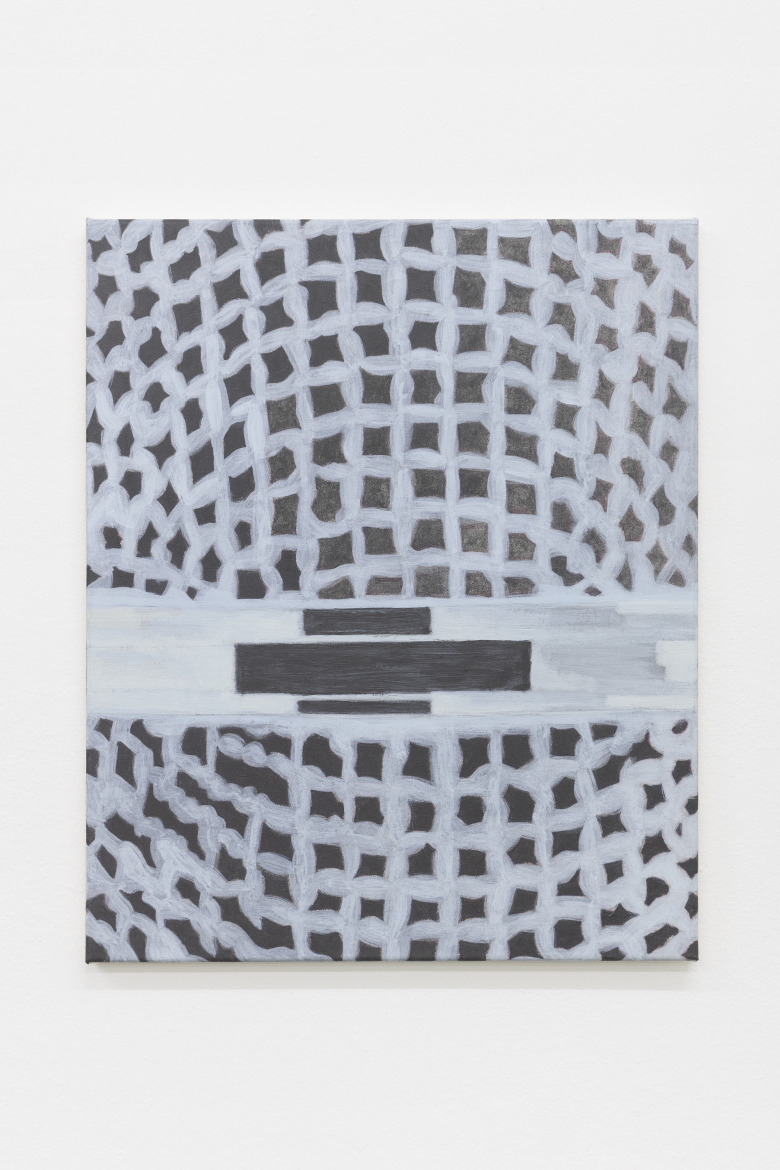
David Gruber, Performance, 2024, tempera on canvas, 60 x 50 cm
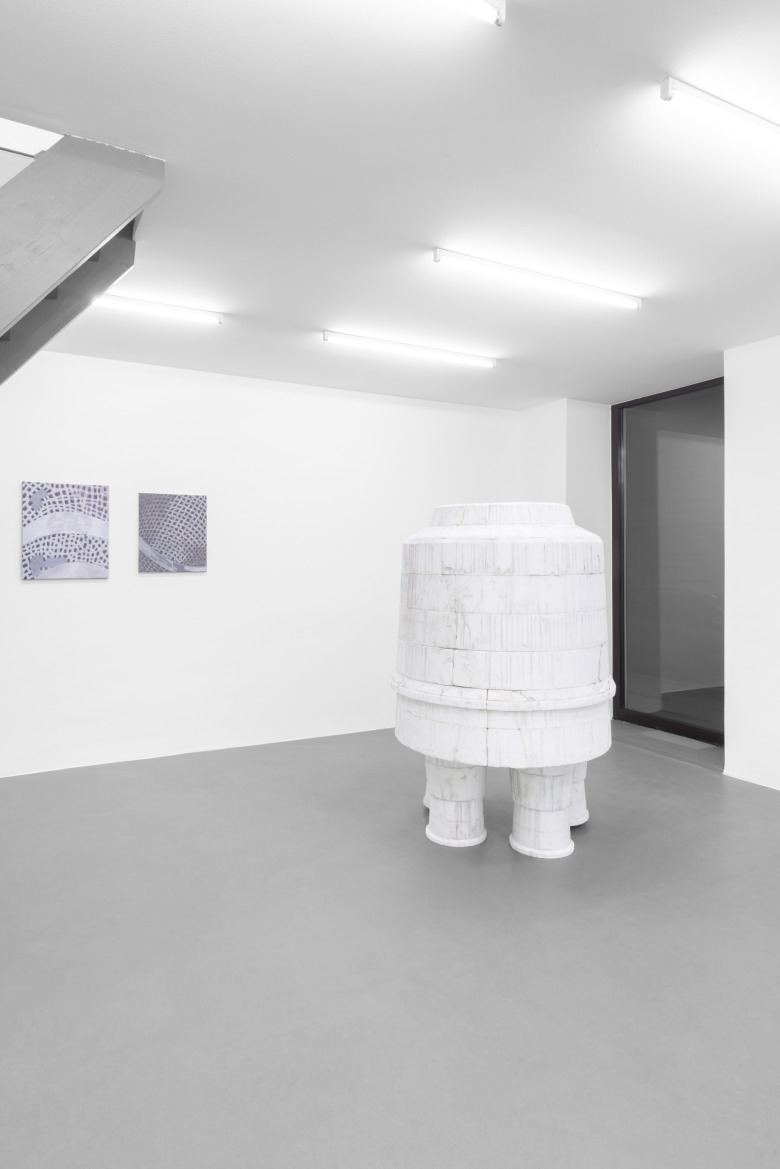
Solid Mesh, Installation view, EXILE, 2025

Brishty Alam, Another white solid (II), 2025, expanded polystyrene, pigment, steel, 160 x 110 x 105 cm

David Gruber, Performance/ Diamond, 2025, tempera on canvas, 60 x 50 cm
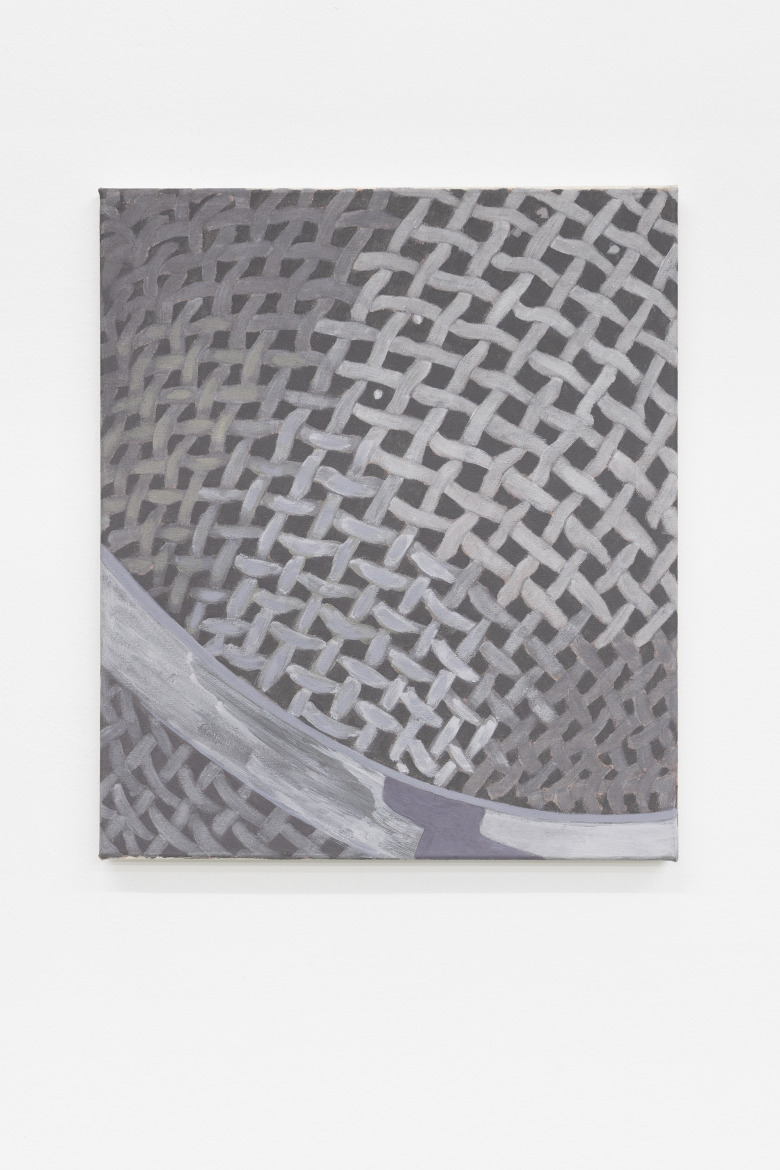
David Gruber, Performance, 2025, tempera on canvas, 53 x 48 cm
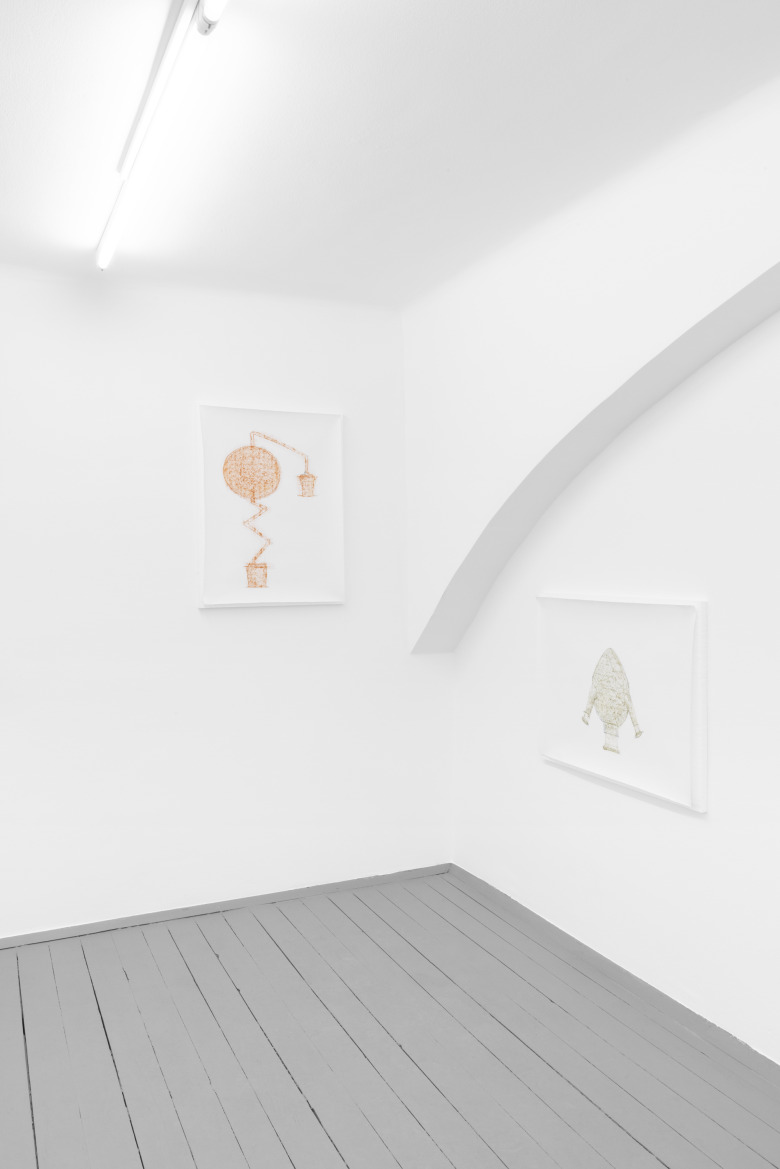
Brishty Alam, Solid Mesh, Installation view, EXILE, 2025
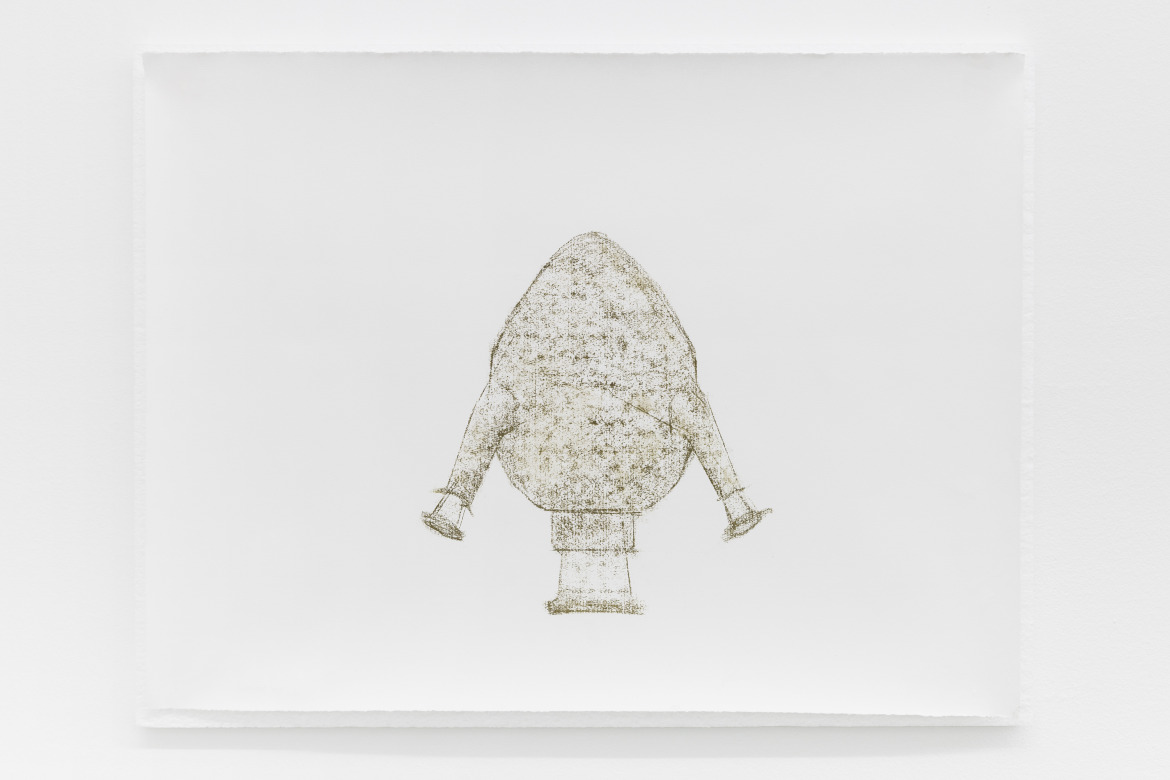
Brishty Alam, BAND (VI), 2025, pastel on paper on expanded polystyrene, 50 x 65 cm

Brishty Alam, BAND (IV), 2025, pastel on paper on expanded polystyrene, 65 x 50 cm
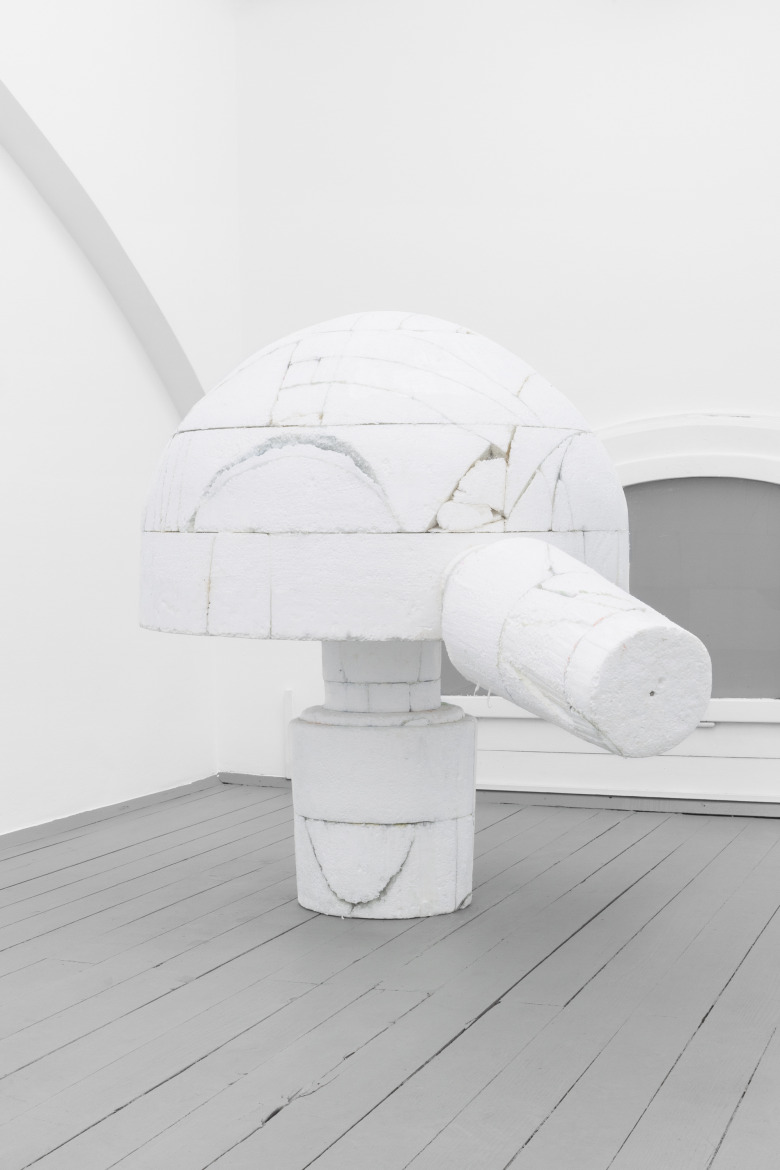
Brishty Alam, Another white solid (I), 2023, expanded polystyrene, pigment, 135 x 100 x 85 cm
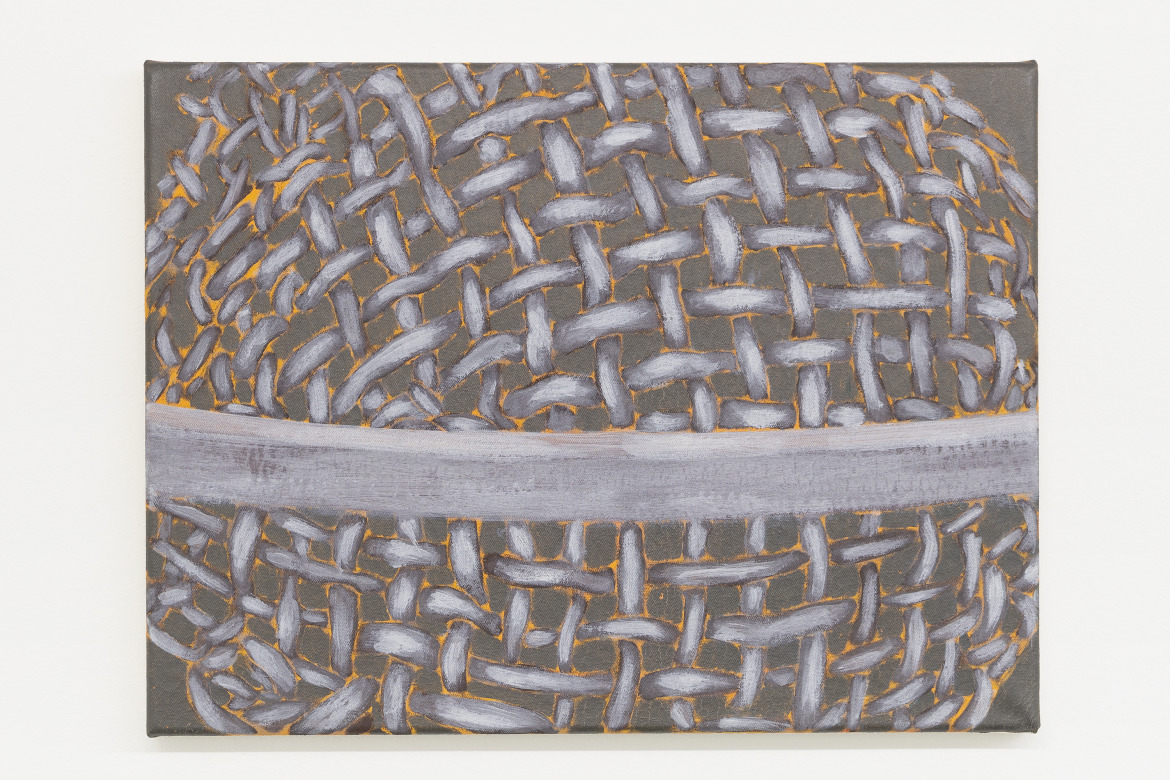
David Gruber, Performance, 2024, tempera on canvas, 30 x 40 cm

David Gruber, Solid Mesh, Installation view, EXILE, 2025
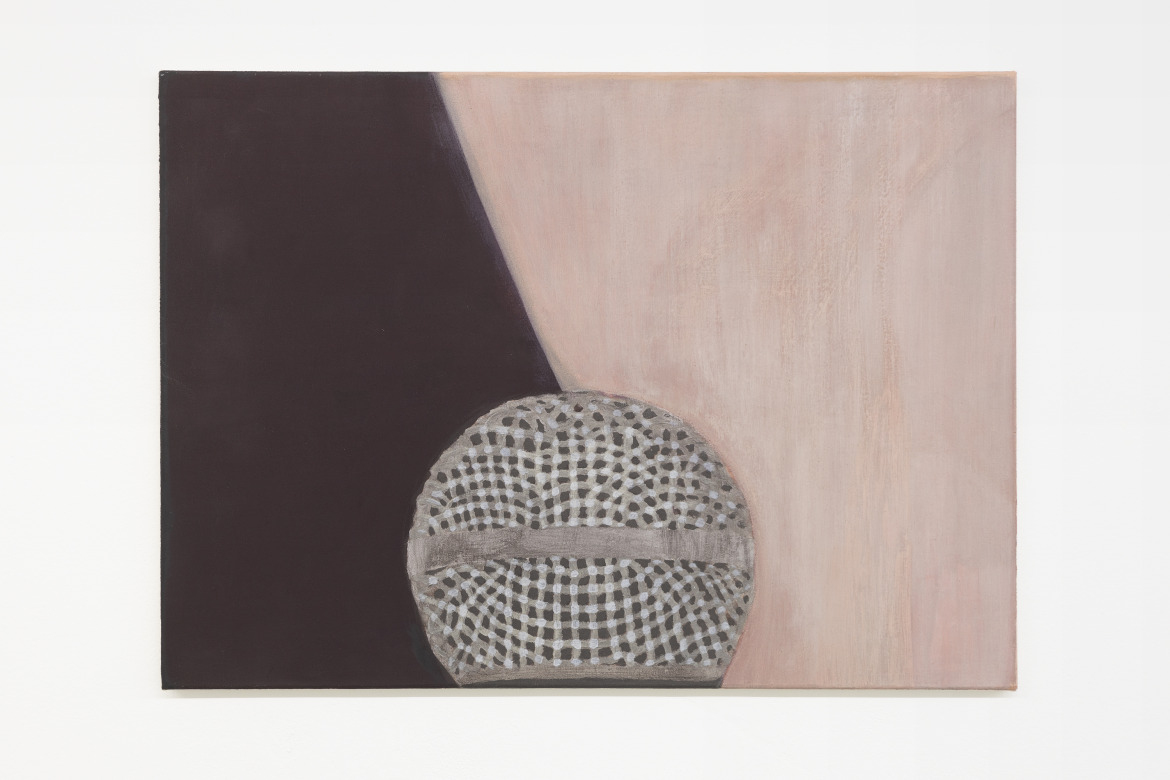
David Gruber, Performance, 2024, tempera on canvas, 53 x 73 cm
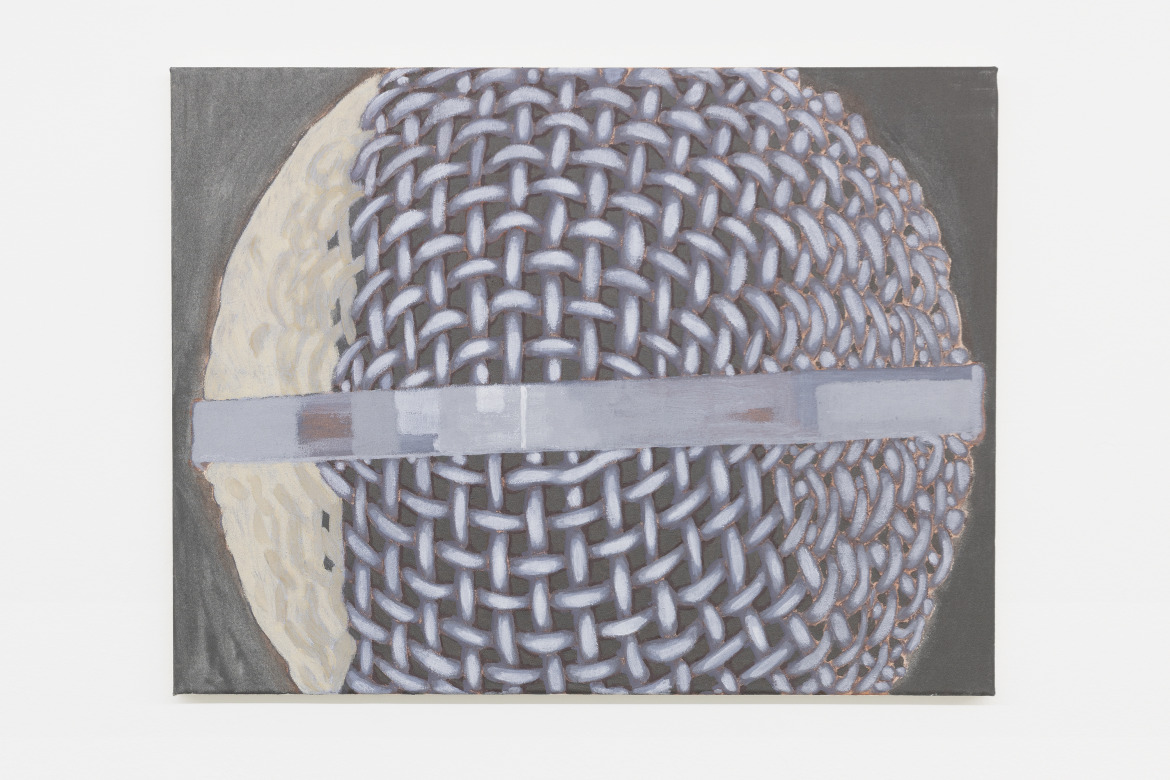
David Gruber, Performance, 2024, tempera on canvas, 40 x 60 cm
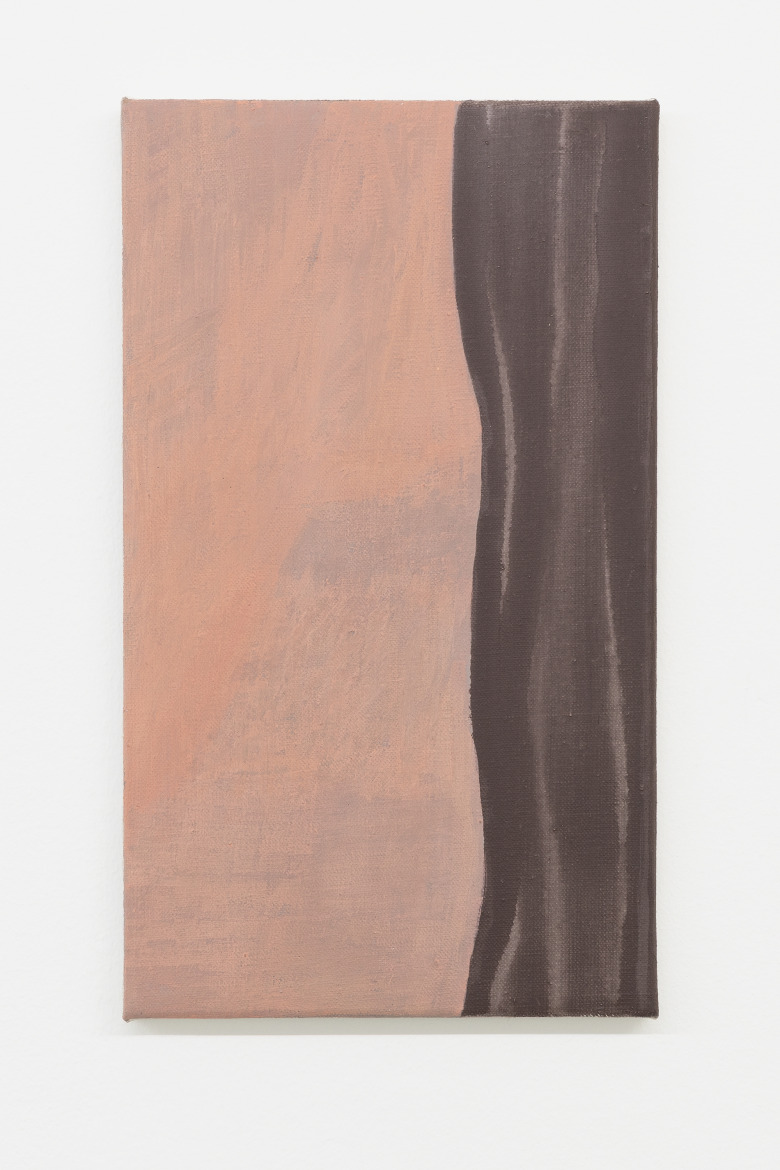
David Gruber, Untitled, 2024, tempera on canvas, 41 x 24 cm

David Gruber, Performance, 2024, tempera and oil on canvas, 30 x 40 cm
Solid Mesh explores the cold, innate qualities of everyday reality, challenging the feeling of powerlessness when facing structures and currents far beyond the scale of the individuals who encounter them. Mesh is innately solid, yet by exaggerating or dramatising its inherent qualities, a whole new world unfurls – one filled with material becomings and planetary complicities.
Has the world stopped, or have we just learned to move along its axes?
With his Performance series, David Gruber approaches the image as a space of active engagement, aligning the paintings in visual choreographies where the depicted subject matter – the textured surfaces of microphone mesh – becomes a surprising point of symbolic contention. The microphones function both as symbolic figures and material environments. They are embedded into abstract landscapes or create their own and, as such, bridge the phantasmagorical dimensions of performance and spectacle with the intense interiority of matter itself. Performance, in this sense, is not about the familiar and resonant but of the eschewed and otherworldly – the unimagined or rarely seen.
The paintings in the show, more than endpoints of creative endeavour or aesthetic experience, present scenes or stages for an active re-negotiation of their relationship with the viewer, eventually turning the “mic” onto the audience themselves. Meanwhile, the sculptures and drawings by Brishty Alam draw on the structural features of everyday reality to deliver material forms that act ever more autonomously – instilling their effects onto a broader aesthetic regime.
Alam’s work explores the material dynamics of shapes and designs associated with scientific equipment, like chemistry flasks and reaction chambers. With her processual approach to art-making, often referencing and reusing drawings, sketches, calculations, and graphs, her work gains a modular quality that resonates with her attention to the abstract and transformative potential of parts and particles. Another white solid references the mundane reality of chemical compounds, which seems tied more to stasis or immutability than wondrous transmutation. Yet, in their structural depths, these forms nonetheless reveal strange and compelling worlds, each with its own intricate poetics and sense.
Between the two practices, change comes gradually – from within solid, at times whimsically rigid, forms. As such, however, it expresses the possibility of transformation of even the most unyielding structures and systems – whether scientific codes of knowledge production or the societal regimes and attention economies that dictate who gets to speak and when. Solid Mesh accepts the cold embrace of material reality, in which one cannot help but feel small and powerless. Yet, just as the zoomed-in, micro-perspective of the microphone mesh in the Performance paintings or the textures and fissures within Another white solid dance dangerously on the edge of becoming their opposites, the subtle voices of material landscapes – their fields of intensity – anticipate a shift in our own embodied perspectives and, through that, an alternative vision of what’s to come.
Domen Ograjenšek
Brishty Alam (born in London, lives and works in Vienna) graduated from the Academy of Fine Arts Vienna and holds a degree in Natural Sciences from the University of Cambridge. Her exhibitions include Palais des Beaux Arts Wien (2024); Baba Vasa’s Cellar, Shabla, Bulgaria (2024); SET Kensington, London (2024); Lady Liberty Library, Berlin (2024); Ve.Sch, Vienna (2024); the Office, Vienna (2023); Belvedere 21 – Museum of Contemporary Art, Vienna (2023); Festival der Regionen, Lungitz/Gusen (2023); GOMO, Vienna (2023); Memphis, Linz (2022); Neuer Kunstverein Wien (2022); Ajker, Tati, London (2022); French Riviera, London (2021); Haus Wien(2021); Austrian Cultural Forum Warsaw (2019); and Center for Contemporary Arts Celje (2019). Her works are part of the collections of the Austrian Federal Arthotek and the Wien Museum.
David Gruber (born in Linz, Austria, lives and works in Vienna) studied painting at the University of Applied Arts Vienna with Prof. Judith Eisler and at the Städelschule in Frankfurt with Prof. Monika Baer and Prof. Amy Sillman. Recent exhibitions include Maebashi Art Practice, Maebashi, Japan (2024); Klausgasse, Vienna (2024); UA26, Vienna (2023); EXILE, Vienna (2022); and Trust, Vienna (2021).
Domen Ograjenšek (born in Celje, Slovenia, lives and works in Vienna) is a writer and curator specialising in contemporary visual art. Her writing has been featured in art magazines and online platforms such as PASSE-AVANT, Artalk, Blok Magazine, Fotograf Magazine, all-over Magazine, etc. Magazine, Maska Magazine, ŠUM Journal, Borec Journal, Tribuna and Radio Študent. Her curatorial projects include exhibitions at Aksioma –Institute for Contemporary Art, Ljubljana; New Jörg, Vienna; Ravnikar Gallery Space, Ljubljana; Center for Contemporary Arts Celje; Škuc Gallery, Ljubljana; Kresija Gallery, Ljubljana, Museum of Contemporary Art Metelkova, Ljubljana, SCCA Ljubljana, and Museum of Madness, Trate.
